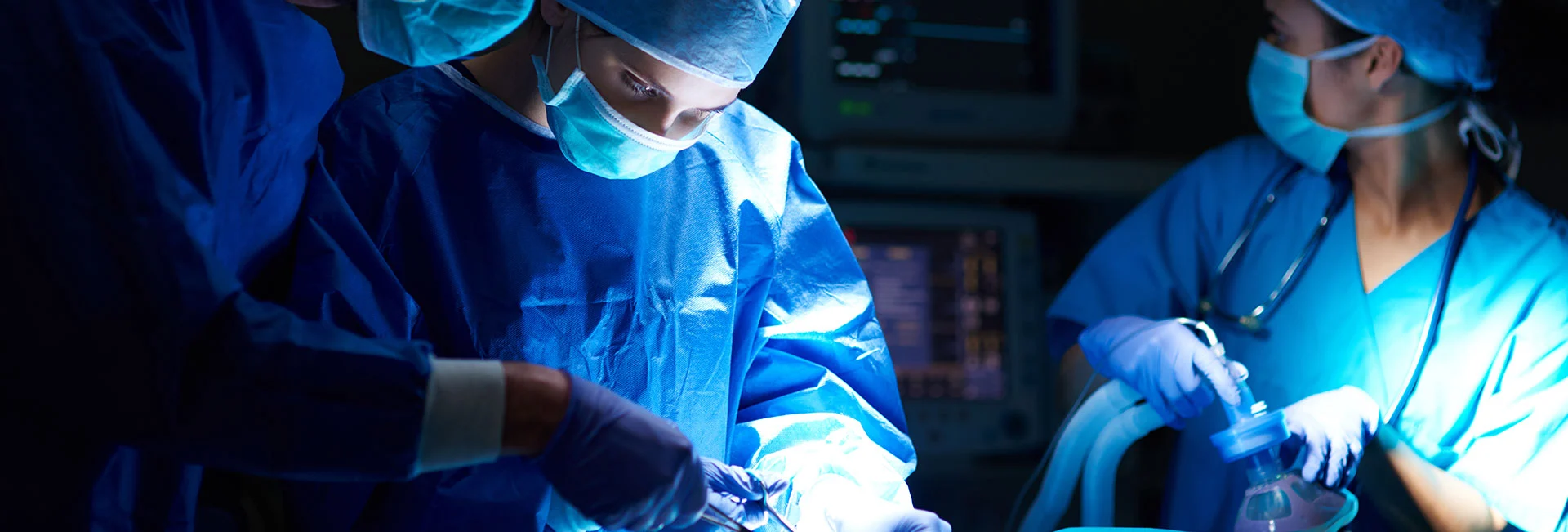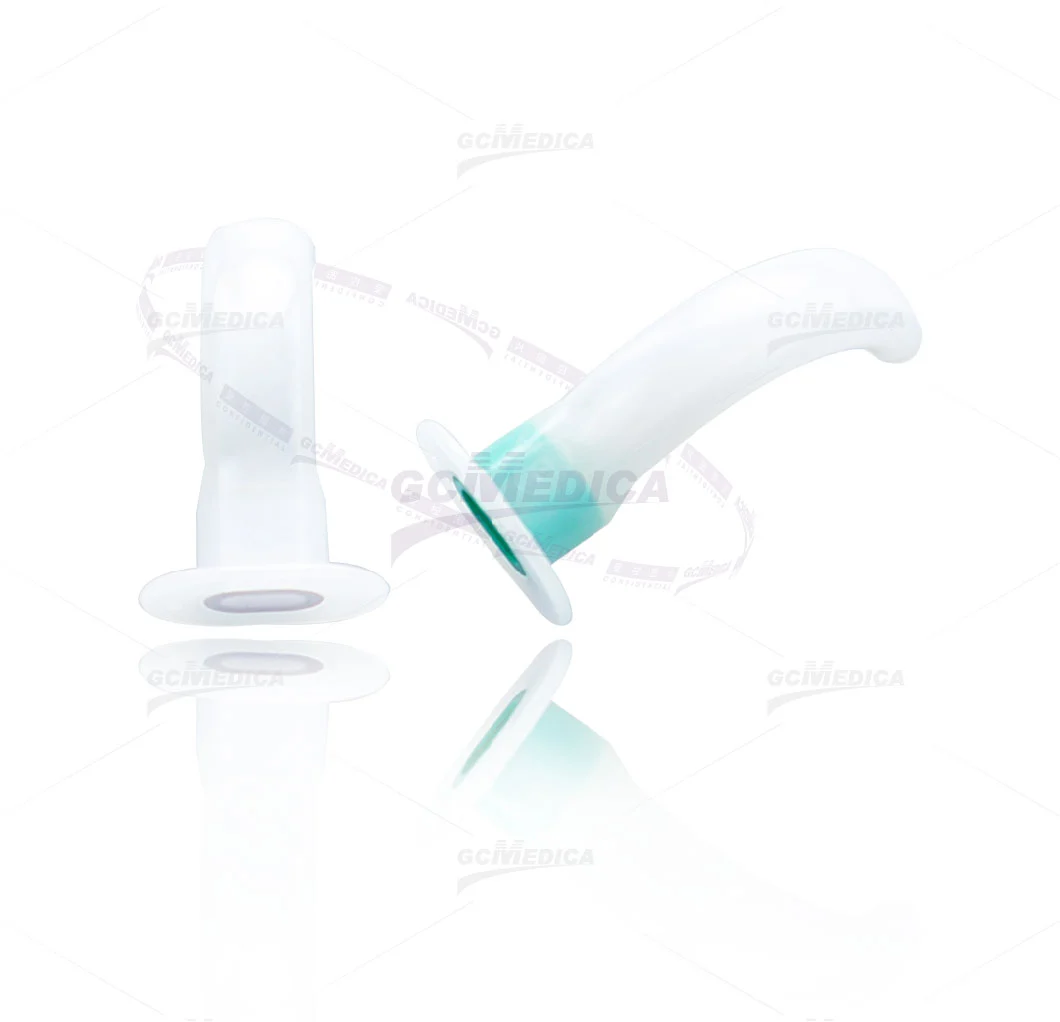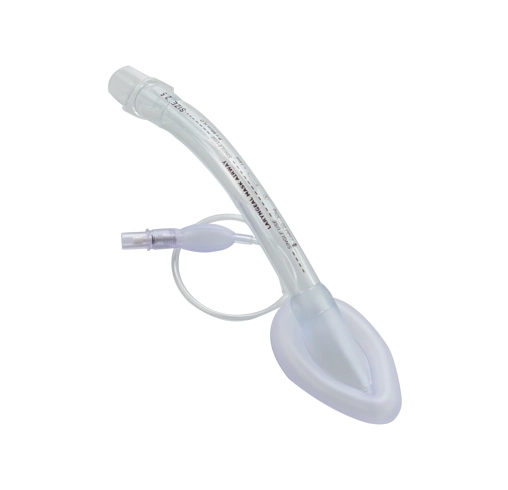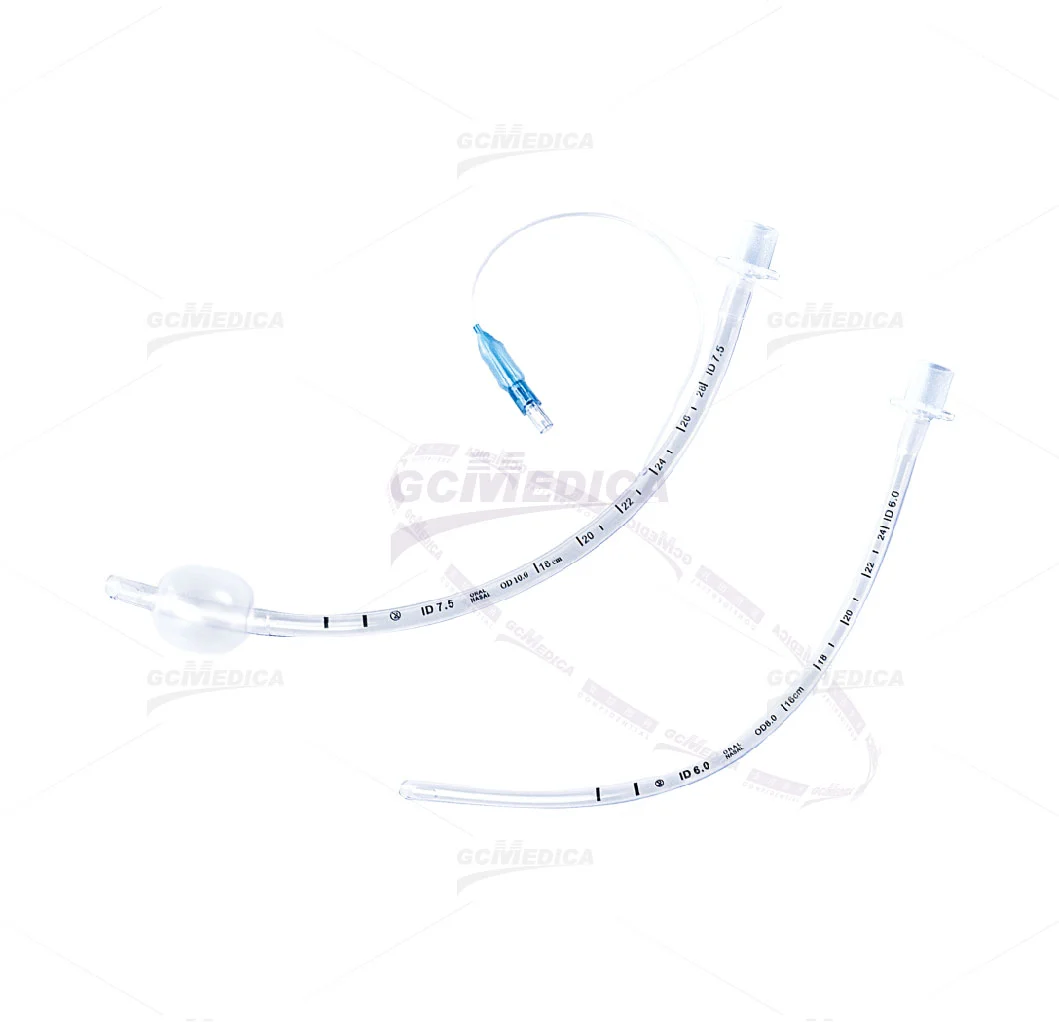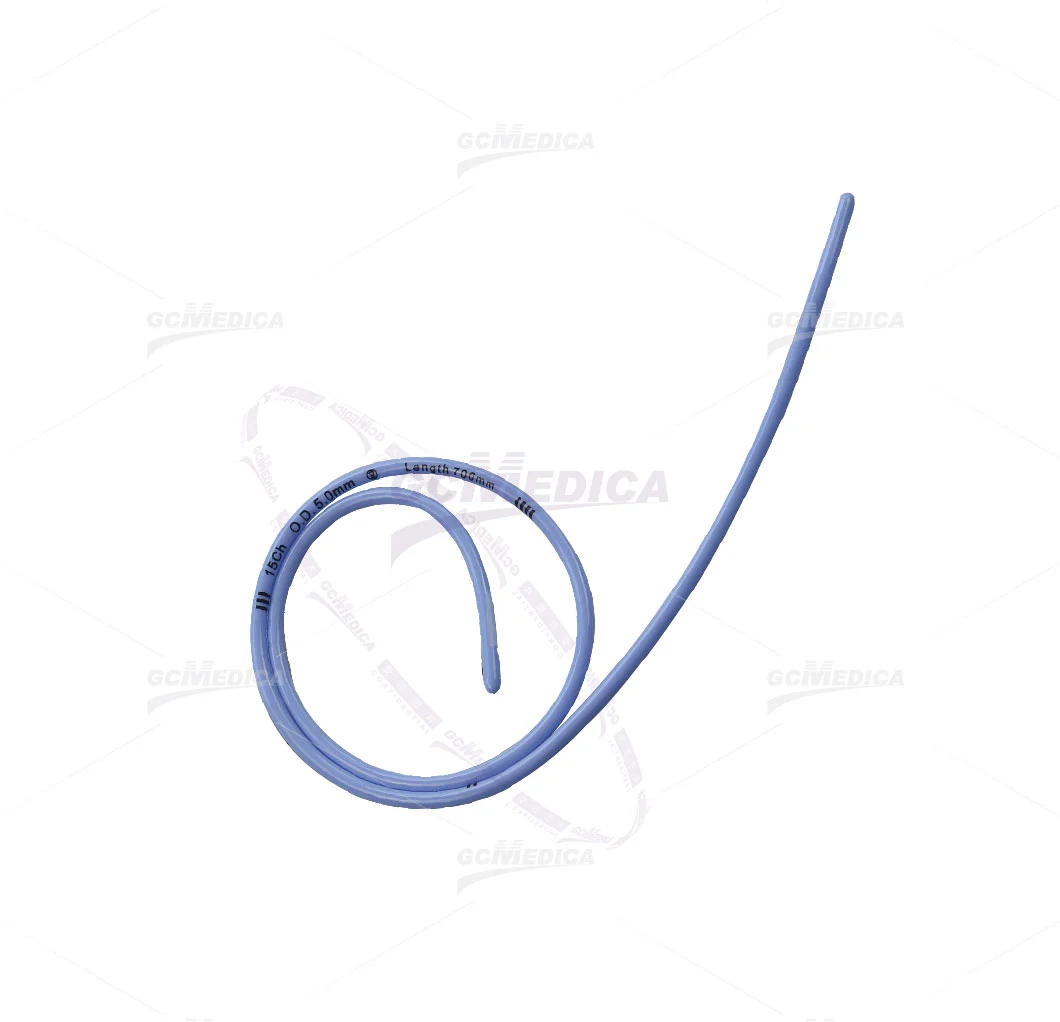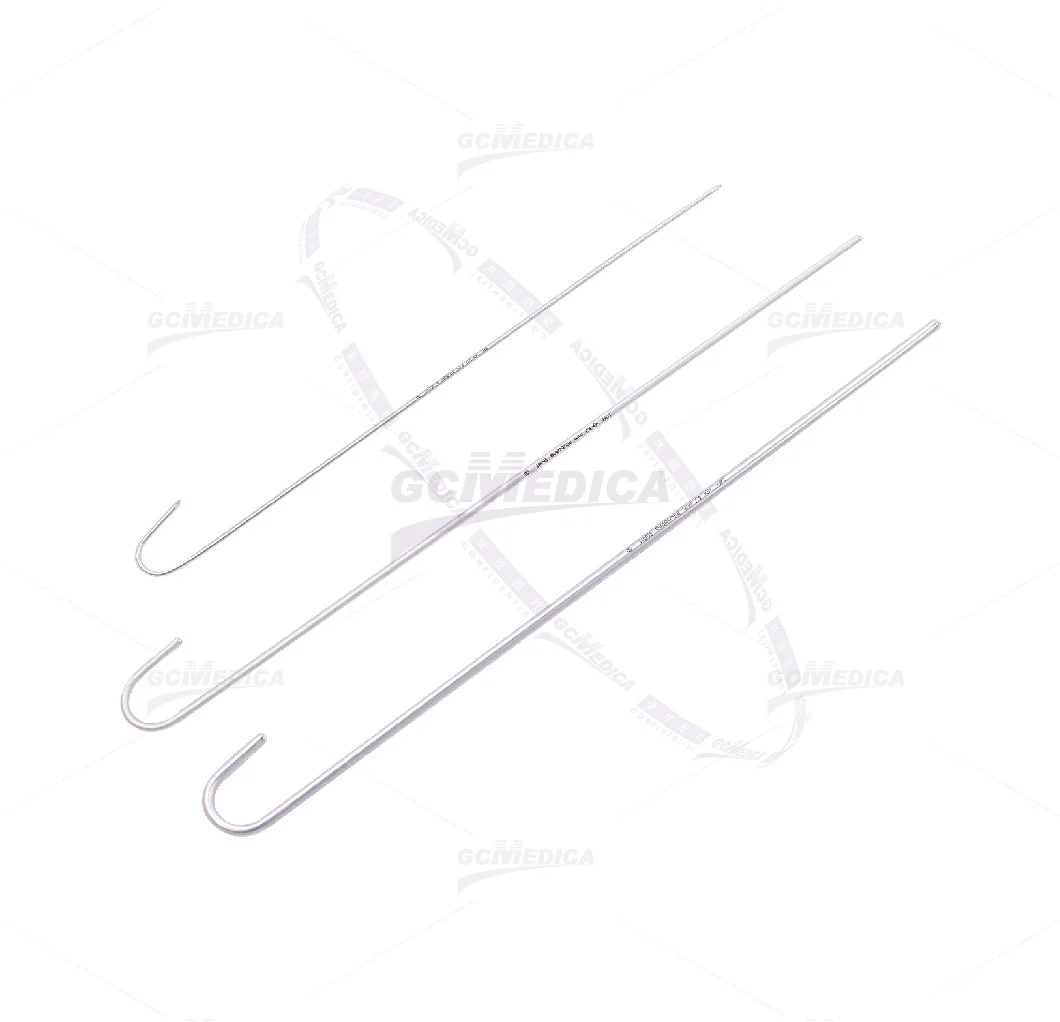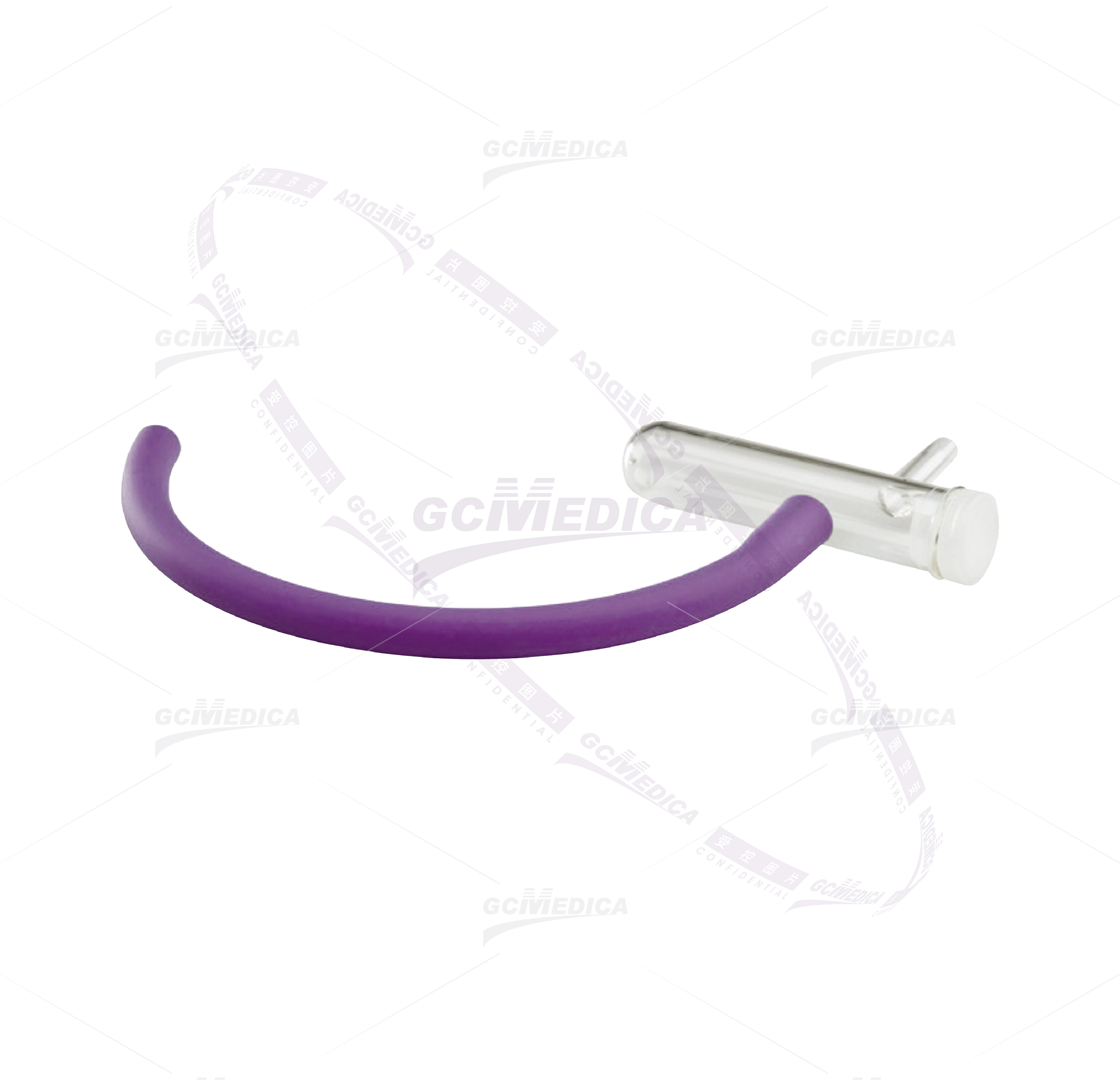Products
-
Laparoscopic & Endoscopic Products
-
Laparoscopic Procedures
- Heated Insufflation Tube
- Laparoscopic Smoke Filter
- High FLow CO2 Laparoscopic Insufflation Filter Tube Set
- Veress Needle
- High Flow Heated Insufflation Tube
- Arthroscopy Irrigation Set
- Disposable Bladeless / Bladed Trocar with Thread / Balloon
- Disposable Wound Protector
- Disposable Height Changeable Wound Protector
- Retrieval Bag
- Laparoscopic Suction Irrigation Set
- Laparoscopic Insufflator
- Endoscopy Care and Accessories
-
Laparoscopic Procedures
- Respiratory & Anesthesia
- Cardiothoracic Surgery
- Gynaecology
-
Urology
- CathVantage™ Portable Hydrophilic Intermittent Catheter
-
Cysto/Bladder Irrigation Set
- M-easy Bladder Irrigation Set
- B-cylind Bladder Irrigation Set
- S-tur Bladder Irrigation Set
- S-uni Bladder Irrigation Set
- B-uro Bladder Irrigation Set
- Premi Bladder Irrigation Set
- J-pump Bladder Irrigation Set
- J-tur Bladder Irrigation Set
- H-pump Bladder Irrigation Set
- Sup-flow Bladder Irrigation Set
- Maple Irrigation Set
- Peony Irrigation Set
- Nelaton Catheter
- Urinary Drainage Bag
- Urinary Drainage Leg Bag
- Enema Kits
- Sitz Bath Kits
- Click Seal Specimen Container
- Silicone Male Catheter
- Spigot Catheter and Adaptor
- Sandalwood Irrigation Set
- Freesia Irrigation Set
- Daffodil Irrigation Set
- Single-Use Digital Flexible Ureteroscope
- Enteral Feeding Products
- Dental
- Fluid Management
- Warming Unit and Warming Blanket
-
Operating Room Necessities
- Nasal and Oral Sucker
- Disposable Medical Equipment Covers
- Magnetic Drape / Magnetic Instrument Mat
- Suction Handle
-
General Surgery
- Perfusion Atomizer System
- Gastric Sump Tube
- Surgical Hand Immobilizer / Lead Hand for Surgery
- Administration Set for Blood
- Ear/Ulcer Syringe
- Bulb Irrigation Syringe
- Toomey Irrigation Syringe
- Mixing Cannula
- Basin Liner/Basin Drape
- Medical Brush
- Sponge Stick
- Suture Retriever
- Needle Counter
- Disposable Calibration Tube
- Heparin Cap
- 100ML Bulb Irrigation Syringe
- Scleral Marker
- Surgical Light Handle
- Mucosal Atomization Device
- Durable Medical Equipment
- Patient Handling System
- PVC-FREE Medical Device
- Emergency
News and information
-
Patient Air Transfer Mattress Online WholesaleDec 17 , 2024
-
Cystoscopy Irrigation Set Online Wholesale | GCMEDICADec 17 , 2024
-
Patient Warming Device and Blanket Online wholesaleDec 16 , 2024
-
CathVantage™ Twist Intermittent Catheter | GCMEDICASep 20 , 2024
-
Single-Use Digital Flexible Ureteroscope | GCMEDICASep 20 , 2024
Airway Management
Airway management products are designed to facilitate successful intubation, airway exchange, and emergency airway access.

